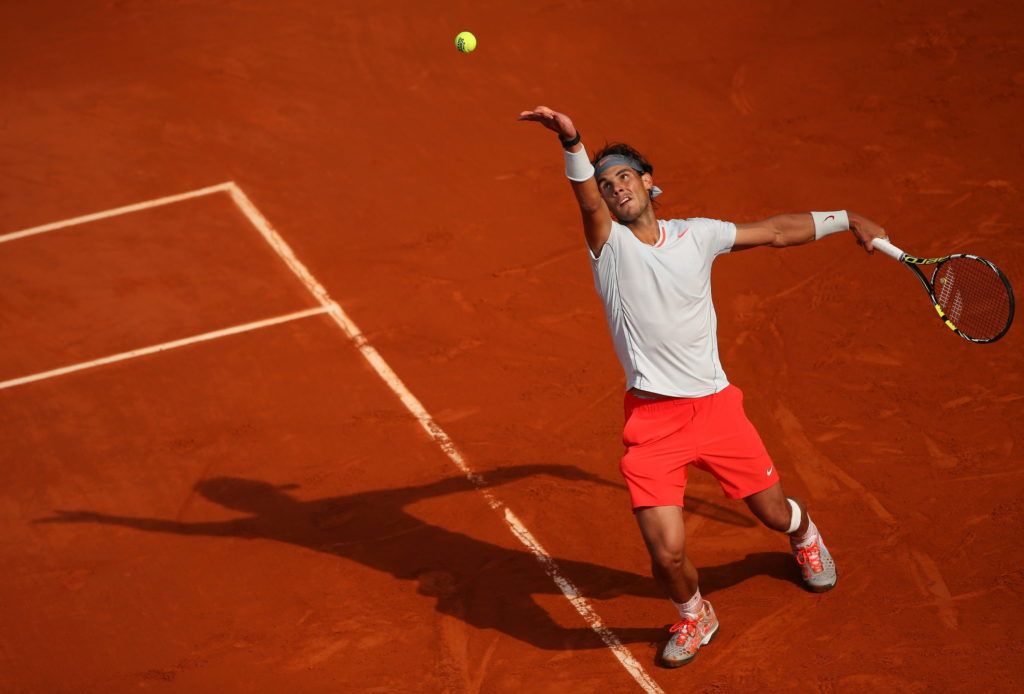
A walkover in tennis occurs when a player advances to the next round of a tournament without having to play a match. This happens when their scheduled opponent withdraws from the competition before the match begins. Walkovers are a relatively common occurrence in professional tennis, caused by injuries, illness, or other issues that prevent a player from competing. Though walkovers allow a player to progress in the draw, they can also be controversial and disappointing for fans expecting to watch a competitive match.
Understanding How Walkovers Work
According to the rules of tennis, if a player withdraws prior to a match, their opponent automatically advances to the next round by walkover. This means they progress in the tournament without having to step foot on the court. Once a walkover is declared, the match is cancelled and no play occurs.
Walkovers can take place in any round of a tennis tournament, from the first round all the way through to the final. When a walkover happens, the score is officially registered as “W/O” (win by walkover) for the advancing player and no score is recorded for the withdrawing opponent.
There are no limits on the number of walkovers a player can benefit from during a tournament. However, while walkovers grant advancement, they provide no competitive play to help a player prepare for later rounds.
Reasons For Walkovers
There are several reasons why a tennis player may need to withdraw from a scheduled match, leading to a walkover for their opponent:
- Injury or illness – The most common cause of walkovers is when a player suffers an injury or falls sick and is unable to compete. Sprains, muscle tears, cramps, fatigue, fever, or other physical issues can force withdrawals.
- Personal emergency – Personal matters, family emergencies, or other issues unrelated to physical health could require a player to leave the tournament prematurely.
- Tournament seeding – Occasionally, the tournament director will cancel a match to protect the seeding of top players in later rounds. This preserves competitive matchups.
- Disqualification – Behavioral violations like unsportsmanlike conduct can lead to a player being disqualified, requiring a walkover for the opponent.
- No show – Rarely, a player may fail to show up for a match without notice or explanation, forcing the referee to award a walkover.
Impacts of Walkovers
Walkovers have several impacts on players, tournaments, and fans:
- Rest and Recovery – Walkovers can benefit players physically, allowing time to recover, heal nagging injuries, or avoid aggravating existing conditions before a big match.
- Loss of Match Play – While recovery time is useful, lack of match play can leave players underprepared. Competitive matches help athletes stay sharp.
- Scheduling Disruptions – Walkovers force redraws in tournament brackets and cancellation of promoted matches, creating logistical headaches for organizers.
- Anti-climactic – With no competition, walkovers often disappoint fans who showed up expecting to watch an exciting match between top contenders.
- Controversy – Speculation sometimes arises when opponents withdraw from matches against highly ranked players, putting the validity of the walkover in doubt.
While walkovers are an accepted part of professional tennis, they can have both positive and negative effects on players and tournaments. The rules allow injured or ill players to withdraw rather than compete at less than full strength. However, the resulting lack of match play and disruption to schedules leaves some questioning the competitive integrity of tournaments with multiple mid-round walkovers. When used appropriately, walkovers enable players to advance reasonably within the rules of tennis. Yet overuse can degrade tournaments into underwhelming spectacles, devoid of the drama and excitement generated by hard-fought match play.
Walkovers in Major Events
Walkovers have played notable roles throughout tennis history, especially in the Grand Slam tournaments:
Wimbledon
- In 2011, Rafael Nadal received a walkover in the quarterfinal when opponent Mardy Fish withdrew with an injury, allowing Nadal to advance and eventually win the title.
- In 2016, Serena Williams reached the second round after opponent Margarita Gasparyan withdrew with a shoulder injury.
French Open
- In 2012, Brian Baker’s inspiring run ended abruptly when he withdrew ahead of his fourth round match, giving his opponent Nicolas Mahut a walkover.
- In 2016, Simona Halep benefited from a walkover in the quarterfinals when her opponent Kiki Bertens became ill overnight. Halep would lose in the final.
US Open
- In 2020, Novak Djokovic advanced to the fourth round when his opponent Pablo Carreno Busta withdrew after accidentally hitting a linesperson with a ball.
- In 1988, top seed Ivan Lendl received a second round walkover, contributing to his progression to the men’s singles final.
All in all, while walkovers at Grand Slams draw attention, they occur regularly at ATP and WTA events throughout the season. Their frequency testifies to the physically demanding nature of pro tennis. With over 1300 ATP and WTA tournaments annually worldwide, dozens of walkovers occur across the sport each year.